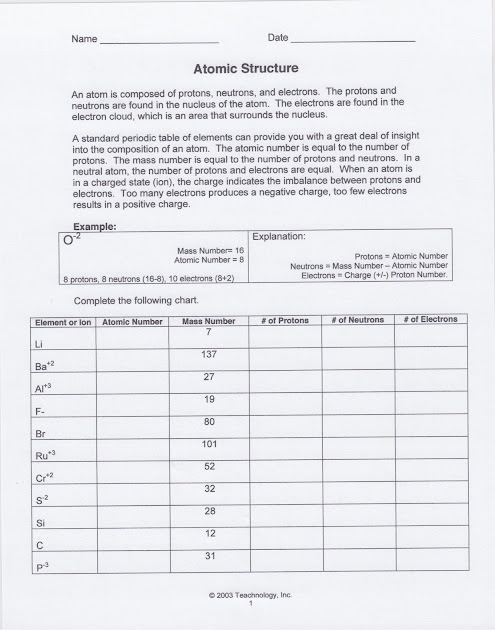ESSENTIAL QUESTION: How are electrons arranged in atoms:
LEARNING TARGET: Write the correct electron configuration for various elements on the periodic table.
BENCHMARKS: SC.912.P.8.5
LEARNING OBJECTIVES: Students will be able to:
-apply basic rules of electron configuration to determine the valence electrons of an atom and their chemical and physical properties.
-explain that when electrons transition to higher energy levels they absorb energy, and emit energy when they transition to lower energy levels.
-Data chat
BELL RINGER - Write the electron configurations for Ne, Cl, and Na.
VOCABULARY: energy, ground state, excited state, emission spectra, photon, Planck’s constant, quantum, quantum mechanical model, electron configuration, atomic orbital, energy levels, Aufbau Principle, Pauli Exclusion Principle, Hund’ Rule
HOME LEARNING: HL 4: Electron Configuration
AGENDA
WHOLE GROUP
Students wrote the electron configurations for Ne, Cl, and Na as their bell ringer.
Students then took notes on Electron Configuration. You can see a movie of the slide show below.
Students also received handouts that will become part of their notes, explaining the different rules for writing electron configurations. You can find these handouts below.











